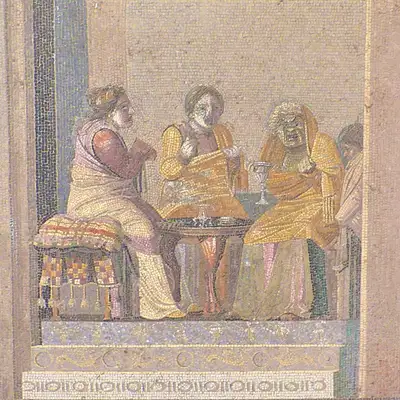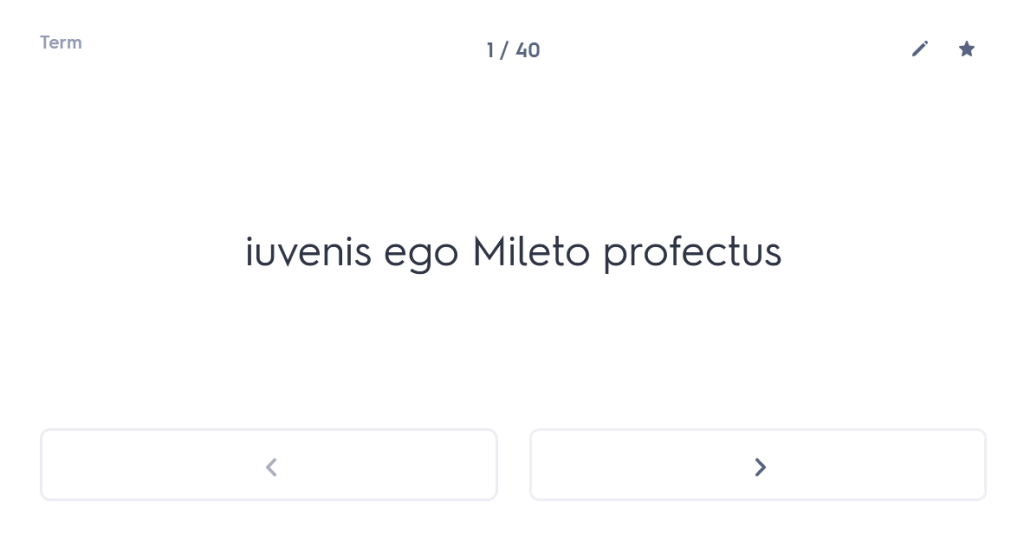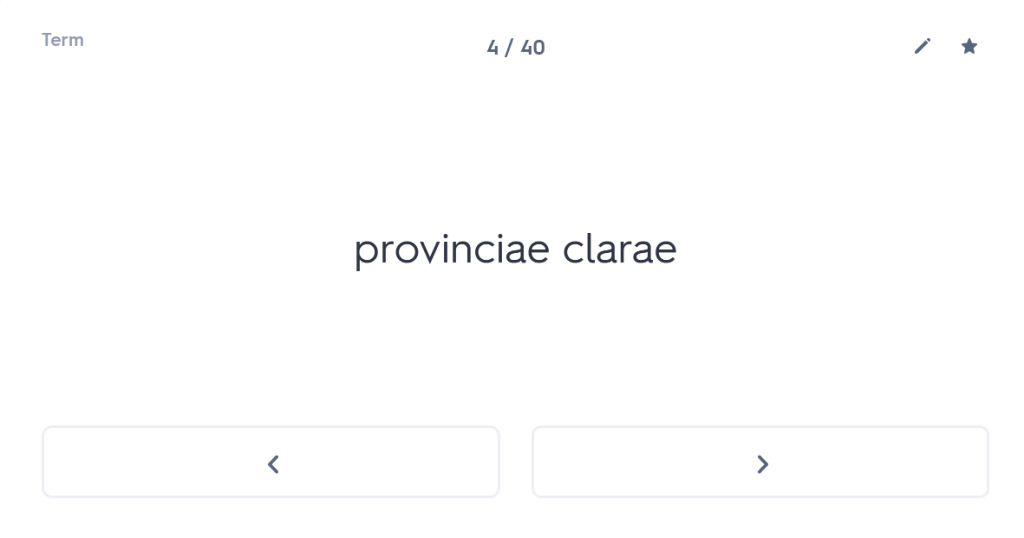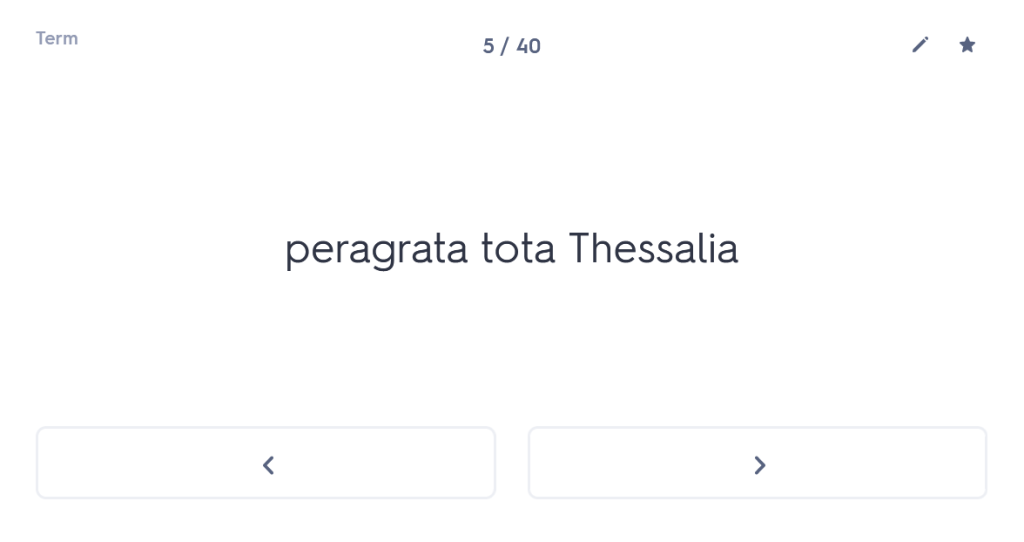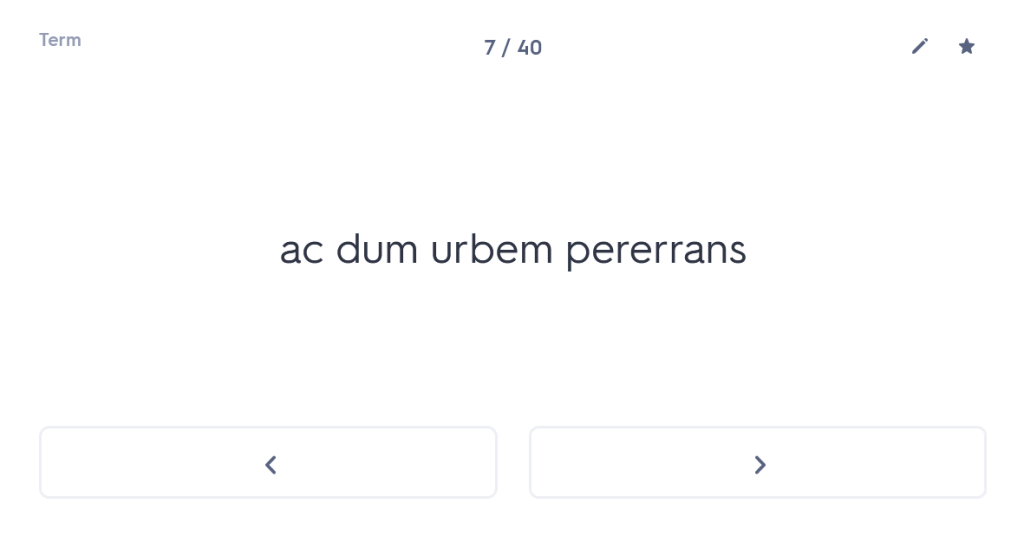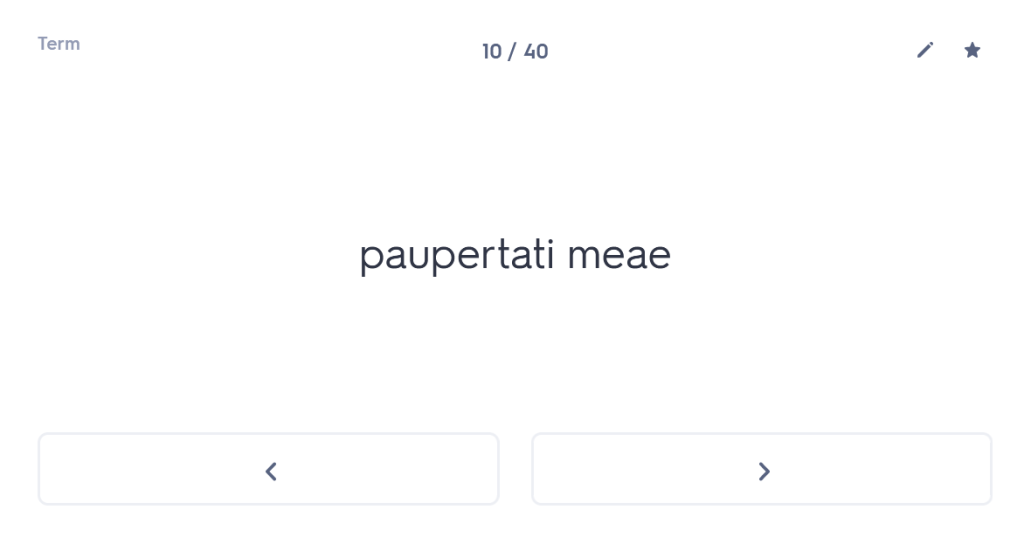This week my blog continues to be inspired by a random question which was sent to me via WhatsApp by a student:
Hi! I’m doing my Latin GCSE next week, and I was wondering … how to recognize the historic present, as I’ve tried to simply learn the words … however thats not quite working and I was wondering if there were any specific sign posts to signify that it is the use of the historic present. Thank you!!
Last week I examined the prose texts currently being studied in the overwhelming majority of schools – Sagae Thessalae and Pythius. I started with the prose texts because the student enquiring asked specifically about the Sagae text, plus the prose exam is imminent, on May 26th. From my work with a wide range of tutees it seems that there is a more even split between students who are studying the Virgil text and those who are studying the Amor texts – Echo & Narcissus plus the three shorter poems – so I am going to look at both selections. This week my attention is turned to the Virgil.
For details on the historic present in general and why I believe that students find it trickier than we might imagine, please refer to my blog post from last week.
Examples of the historic present in Virgil Aeneid VI
The first thing to note is that much of the whole text is written entirely in the present tense, where Virgil is describing what this area of the Underworld looks like or when he is using direct speech, both of which occur throughout the selections on the specification. It is only the examples I highlight below that should be classified as historic present.
The first concrete example of the historic present occurs after Virgil has begun to describe the events observed by Aeneas in the past tense in lines 313-314, then suddenly switches into the present in lines 315-316:
navita sed tristis nunc hos hunc accipit illos,
ast alios longe summotos acrcet harena.
But the grim boatman takes now these, now those,
while others he pushes away, driven off far from the sand.
Virgil has already created a sense of pathos in the previous lines, describing the souls begging to be allowed across the Styx; here the arbitrary and callous nature of Charon is heightened by the historic present verbs.
The next example is in line 384, where the continued journey of Aeneas and the Sybil is given in the present tense, which then switches back to the past narrative in the lines that follow:
ergo iter inceptum peragunt fluvioque propinquant.
Therefore they continue the journey [they had] begun and approach the river.
In line 387 Charon’s aggressive greeting to Aeneas and the Sibyl is also introduced in the historic present:
sic prior adgreditur dictis atque increpat ultro
First he addresses them thus with words and rebukes them spontaneously.
The next example occurs in line 407 where Charon has been affected by the Sybil’s response:
tumida ex ira tum corda residunt.
Then his heart calms down from its surging anger.
Charon’s immediate response is then enlivened by a series of numerous historic present verbs in lines 410-413:
caeruleam advertit puppim ripaeque propinquat:
inde alias animas, quae per iuga longa sedebant,
deturbat, laxat foros. simul accipit alveo
ingentem Aenean.
He turns around his dark blue craft and approaches the riverbank, then he drives away the other souls , who were sitting along the long benches, and he clears the gangways; at the same time he receives mighty Aeneas into the boat.
The description of Aeneas climbing into the boat then reverts to the past tense narrative, before the next action of Charon in line 416:
incolumes vatum virumque … exponit
He puts ashore both the priestes and the hero, unharmed.
The next example is not until line 703 where Aeneas catches sight of the more pleasant aspects of the Underworld:
interea videt Aeneas
Meanwhile Aeneas sees …
This is done again in line 710 when Aeneas’s response to the sight of numerous souls is one of strangeness and fear:
horrescit visu subito …
Aeneas shudders at the sudden sight …
The promotion of the verb and the use of the adverb subito further heightens the vividness of this descrption.
The actions of Anchises where he takes hold of Aeneas and leads him to a position where he can better see the march of future souls is the final use of the historic present, in lines 753-754:
dixerat Anchises natumque unaque Sibyllam
conventus trahit in medios turbamque sonantem,
et tumulum capit …
Anchises had spoken and he takes his son and the Sibyl alongside him into the midst of the assembly and the murmuring crowd and chooses a mound …

